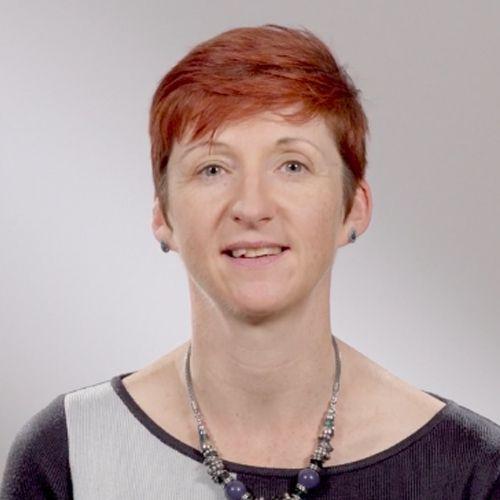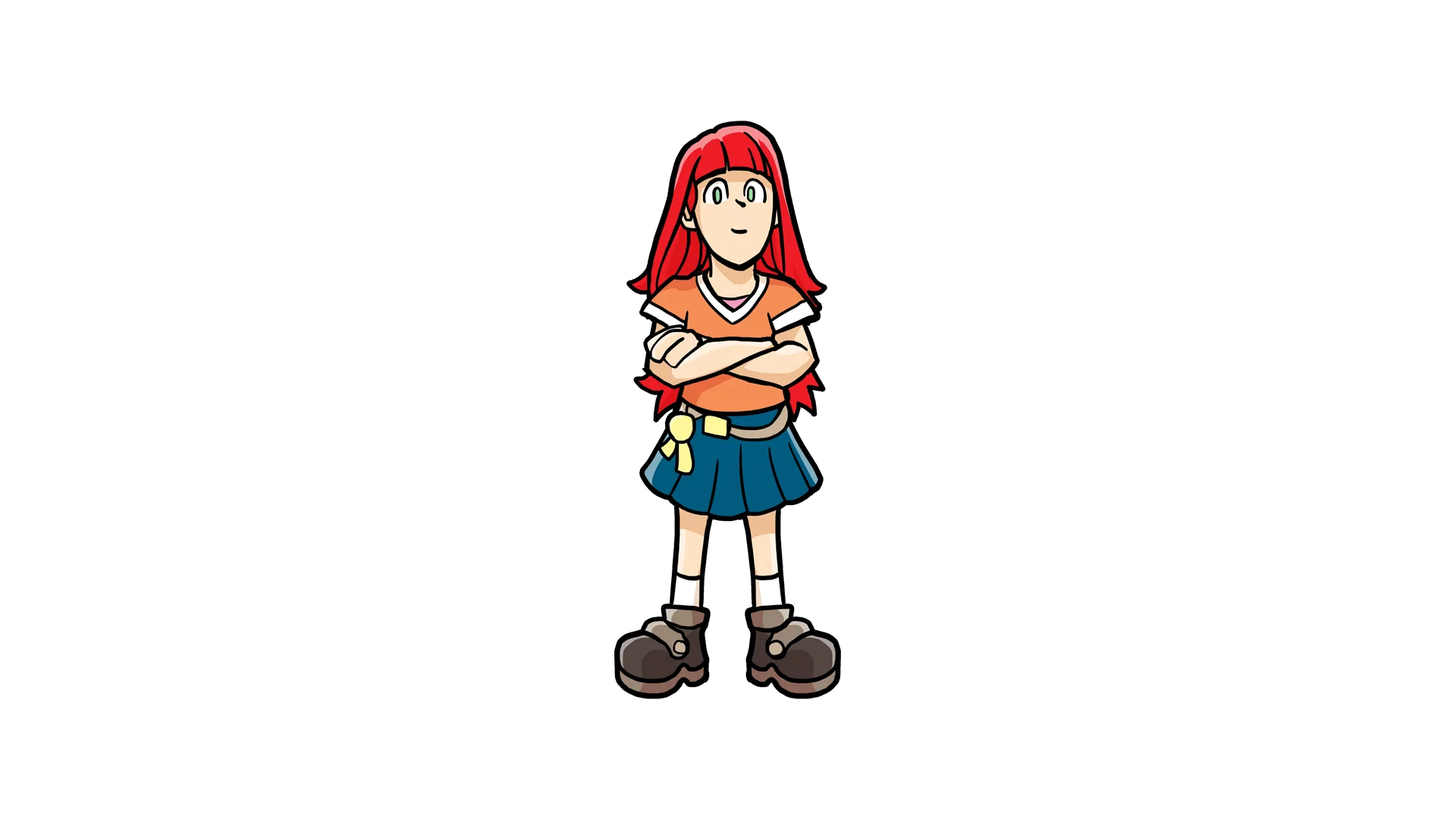Learning objective
- To be able to name different family members on a family tree.
Success criteria
- I can recall the names of different family
This content is for subscribers only. Join for access today.
National curriculum
Languages
Pupils should be taught to:
- Present
This content is for subscribers only. Join for access today.
Cross-curricular links
None.
This content is for subscribers only. Join for access today.
Before the lesson
This content is for subscribers only. Join for access today.
Lesson plan
Recap and recall
Organise the children into pairs or table groups. Explain that they are going to look at a set of pictures and they have to think of a sentence to describe the number of brothers and sisters. The sentence must begin: J’ai… or Je n’ai pas… – I have or I do not have. Show slide 1…
This content is for subscribers only. Join for access today.
Extended-mode explainer videos
How to extend your display to view the lesson page and preseantion mode simultaneously. Choose your operating system below to watch the video
If you need further support with extending your display,
please contact [email protected].
Extended-mode explainer video: For Mac
Extended-mode explainer video: For Windows
Adaptive teaching
Pupils needing extra support
Can use the unit’s Knowledge Organiser for support for writing (see Knowledge Organiser: French -Y5 – Meet my French family). Play the noughts and crosses game in a small group to rehearse the vocabulary.
Pupils working at greater depth
Could begin to create their own family tree/web, writing sentences about their family.
This content is for subscribers only. Join for access today.
Assessing progress and understanding
Pupils with secure understanding indicated by: recognising words that are similar to
This content is for subscribers only. Join for access today.
Vocabulary and translations
-
mon
my (and a masculine noun)
-
ma
my (and a feminine noun)
This content is for subscribers only. Join for access today.





